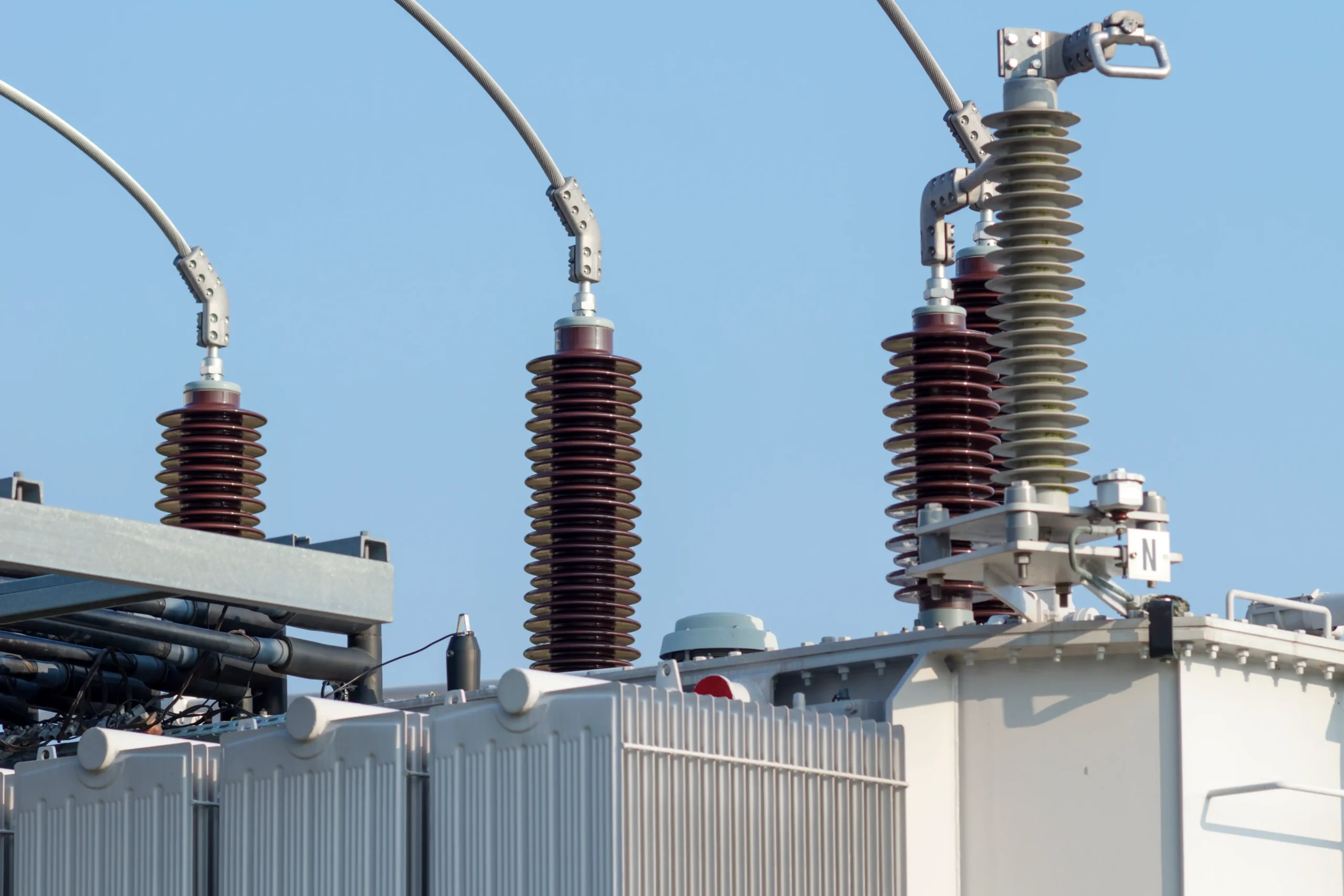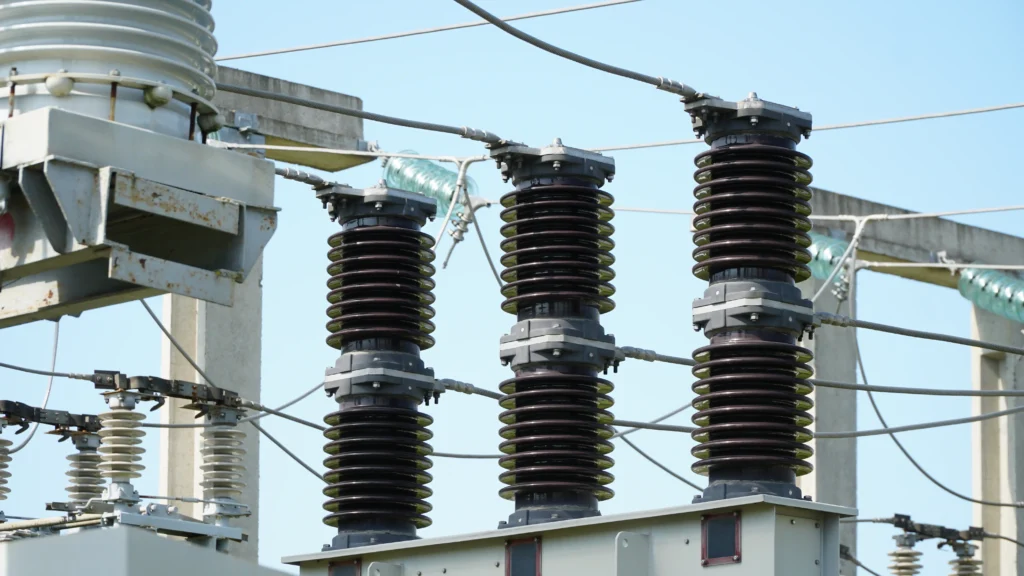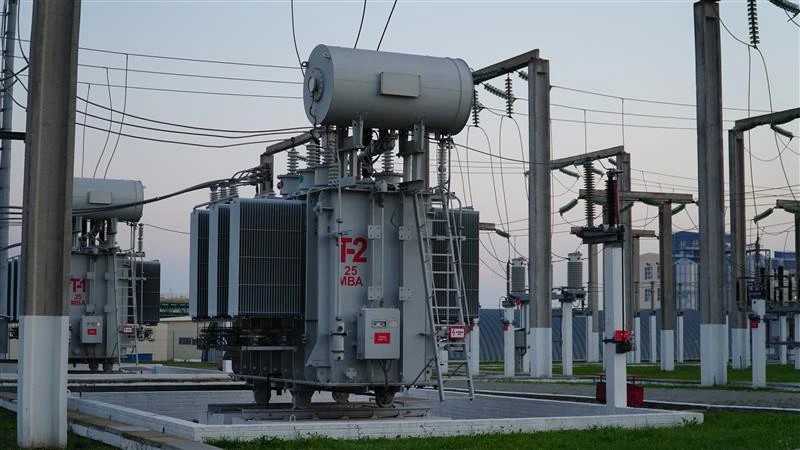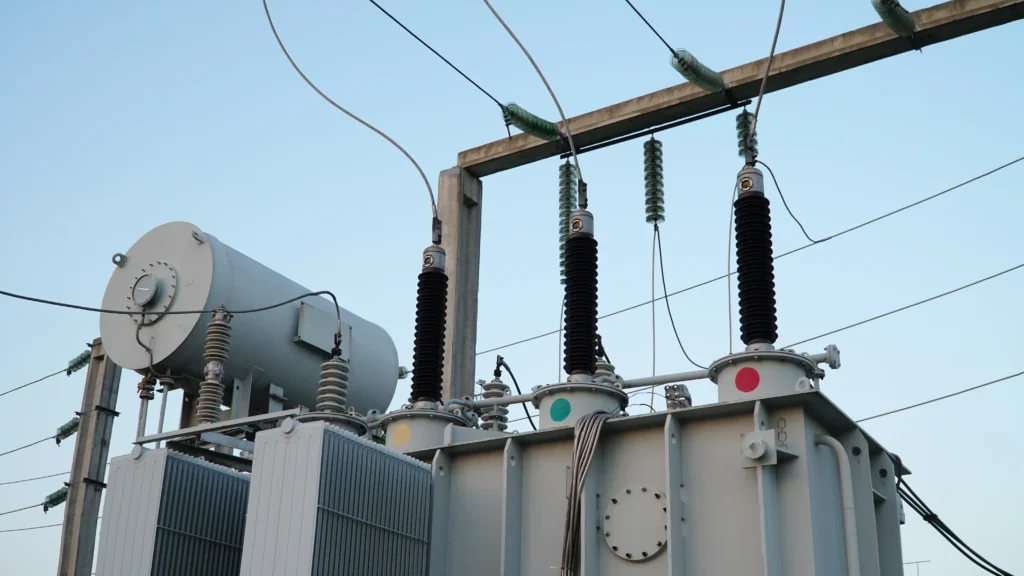Transformers are crucial, capital-intensive electrical assets within the power transmission and distribution network. Failure in their operation can lead to catastrophic service disruptions, which is why businesses invest heavily in their maintenance and monitoring. One essential component of transformers that most organizations are investing in is bushing monitoring.
Bushings provide a safe path for high-voltage conductors to exit grounded enclosures. These components are specifically designed to insulate and shield electrical connections from external environmental factors. However, over time, bushings can experience significant stress due to various factors, such as intense electric fields, fluctuating thermal conditions, and exposure to moisture or contaminants. This combination of stress can lead to the degradation of insulation materials, compromising their effectiveness and potentially resulting in failure.
Industry reports indicate that the majority of transformer breakdowns are attributed to bushing failures. Traditionally, bushing monitoring and testing have focused on offline measurements of capacitance and power factors. This limitation restricts monitoring capabilities during outages, as the tests are conducted at much lower voltages than the system voltage. Furthermore, these offline tests occur under static conditions, missing incipient failures that may develop during operational conditions.
Consequently, more businesses are shifting towards real-time bushing monitoring systems. These advanced monitoring solutions help detect potential issues early, ensuring improved asset performance and longevity.
Breakdown Mechanism of Transformer Bushings
The typical life expectancy of bushings can be significantly decreased due to several factors, including excessive stress, voltage fluctuations caused by lightning strikes, frequent switching of shunt reactors, and continuous exposure to high levels of harmonic distortion. These factors can lead to premature bushing failures. Additionally, changes within a distribution system, such as expansions or the addition of equipment that increases harmonic loads, can further aggravate the situation. Even when a transformer operates within its maximum specified limits, a bushing failure may occur if the deterioration of the internal insulation system is not identified promptly. Over time, all bushings will gradually lose their capacity to endure electrical stress, with certain units experiencing a more rapid decline in performance than others.

Often, the deterioration process of the bushing will start with Partial Discharge (PD), which initiates ‘treeing’ – small cracks. The discharge channels resulting from the treeing will carbonize further, and the PD activity will increase up to a point where the inner foils of the field grading condenser core are being short-circuited. This will result in an increase of the electrical field stress on the remaining inner foils of the condenser core, and an interval flashover will finally occur and destroy the transformer bushing.
One key factor in successfully managing bushing is first to avoid and then detect PD activities to avoid breakdown.
PD activity usually originates from excessive mechanical or electrical stress and thermal aging of the insulation material. Low-quality bushings may show PD activity from the start. Bushings displaying PD activity at standard operating voltages should be avoided as they significantly increase the risk of premature failure. It is vitally important to regularly determine the infrastructure’s reliability, especially before exposing it to increased electrical stress. One way to reduce electrical stress would be installing appropriate surge arrestors or improving the grounding system.
Identifying the actual state of the bushings is of the utmost importance to ensure a reliable network.
The consequences of bushing failures can be severe, often resulting in sudden and catastrophic outages for transformers. Such failures not only disrupt operations but can also lead to substantial financial losses due to downtime and repair costs. Therefore, continuous bushing monitoring is essential to detect early signs of deterioration. Implementing effective bushing monitoring systems can help prevent unexpected breakdowns and mitigate the associated operational risks, ensuring the reliability and longevity of transformer systems. Timely maintenance and intervention based on monitoring data can significantly reduce the likelihood of expensive outages and improve overall system performance.
Failure Modes in Bushing Monitoring
Failure modes in bushings are critical to understand because they significantly impact transformer reliability and maintenance planning. Bushing failures can generally be categorized into two main types:
- Gradual (or progressive) degradation
- Rapid-onset (or catastrophic) failures.
These distinct failure modes arise from various causes, including environmental conditions, operational stress, and material aging. Understanding these differences is essential for utilities and operators to develop predictive maintenance strategies and respond effectively to potential issues.
Gradual Degradation – It’s effect on Bushing Monitoring
-
Insulation Aging and Material Degradation
Over time, the materials used in bushings—such as oil-impregnated paper (OIP) or resin-bonded materials—degrade naturally, especially when subjected to high-voltage electric fields, thermal cycles, and environmental conditions. This degradation weakens the insulation, causing dielectric losses to increase, often detectable as higher dissipation factors or subtle shifts in capacitance. This process can be slow, spanning years, and is influenced by factors like ambient temperature, humidity, and load cycles. As insulation ages, small cracks or voids can develop, leading to partial discharge (PD) events. While these may initially be minor, they can gradually worsen, increasing the risk of an electrical breakdown.
-
Moisture Ingress and Contamination
Moisture ingress is a significant issue in bushing degradation. Even minor amounts of moisture can reduce dielectric strength, leading to increased leakage current and higher dissipation factors. Moisture can enter through small leaks, manufacturing imperfections, or during maintenance. Contaminants like dirt, dust, and chemical residues can also accumulate on bushings, especially in outdoor installations, further weakening insulation. Over time, these contaminants form conductive paths that increase the risk of tracking and flashover, especially in damp or polluted environments.
-
Thermal Aging and Overheating
Bushings are subjected to thermal stresses from internal heat generated by the current flow and from external temperature fluctuations. High temperatures accelerate the chemical breakdown of insulation materials, leading to faster aging and loss of dielectric properties. Overheating can also cause the oil in OIP bushings to oxidize, which results in sludge formation, further reducing insulation effectiveness. This thermal degradation tends to be gradual but can accelerate if the bushing operates consistently at high temperatures, such as in overloaded conditions
-
Bushing Monitoring and Detection of Gradual Failures
To detect gradual degradation, utilities use trend analysis and regular monitoring of parameters like capacitance, dissipation factor, and partial discharge activity. Early warning signs include slow increases in leakage current and dielectric losses, which can be detected through condition-based monitoring systems. Analyzing these trends allows operators to schedule maintenance or plan replacement before failures escalate, reducing downtime and extending the asset’s life.
Rapid-Onset Failures- Their Causes and Characteristics
-
Severe Insulation Faults
Rapid-onset failures often stem from severe insulation faults that develop quickly due to localized dielectric breakdowns, internal discharge events, or sudden environmental changes. These faults can initiate due to high-stress concentration points within the bushing, mechanical stress, or extreme voltage surges. Once insulation strength is compromised, an electrical arc can occur, leading to a catastrophic failure in minutes or hours.
-
Thermal Runaway
Thermal runaway is a feedback process in which an increase in temperature causes increased electrical losses, further raising the temperature. This feedback loop can occur if the insulation’s dielectric strength is weakened, allowing excessive leakage current. It can be triggered by overloading, high ambient temperatures, or even short circuits in nearby equipment. Once the thermal runway begins, the temperature can rise rapidly, causing the insulation to fail explosively. In such cases, bushing failure is often accompanied by fire, transformer oil ejection, or a complete transformer failure.
-
Rapid Internal Discharges and Partial Discharge Escalation
While gradual degradation often shows low-level PD activity, rapid failures are marked by intense, localized PD within the bushing core. PD activity can cause internal arcing if it exceeds a certain threshold, potentially resulting in dielectric breakdown. PD escalation is typically observed in insulation that has become compromised due to prior damage, contamination, or sudden electrical surges. In a compromised bushing, PD activity can jump sharply, creating a rapid chain reaction that results in a short circuit or arc.
Bushing Monitoring and Detection of Rapid Failures
Rapid-onset failures require immediate detection methods as they can escalate quickly. Advanced monitoring systems capable of real-time data acquisition and analysis are essential. Techniques such as high-frequency partial discharge monitoring, thermal sensors, and vibration analysis provide near-instantaneous feedback on any internal disturbances within the bushing. Moreover, systems that track the magnitude and phase of leakage current offer insights into sudden shifts in insulation behavior, alerting operators to intervene before a catastrophic failure occurs.
Recognizing and Leveraging Bushing Failure Timelines
Understanding the timelines associated with these failure modes is crucial for maintenance strategies. Gradual failures offer a window for preventive maintenance, allowing operators to plan inspections and replacements without disrupting operations. By contrast, rapid-onset failures require immediate response capabilities, often involving automated alerts, predictive analytics, and robust emergency shutdown protocols.
Bushing failures, whether gradual or sudden, demand tailored monitoring solutions to ensure uninterrupted transformer performance. With the rising age of power infrastructure, the ability to detect subtle degradation early is critical.
In Part 2, we’ll explore advanced diagnostic methods that reveal deeper insights into bushing insulation health. Stay tuned to discover the science behind precise fault detection and how proactive monitoring can prevent potential failures.




